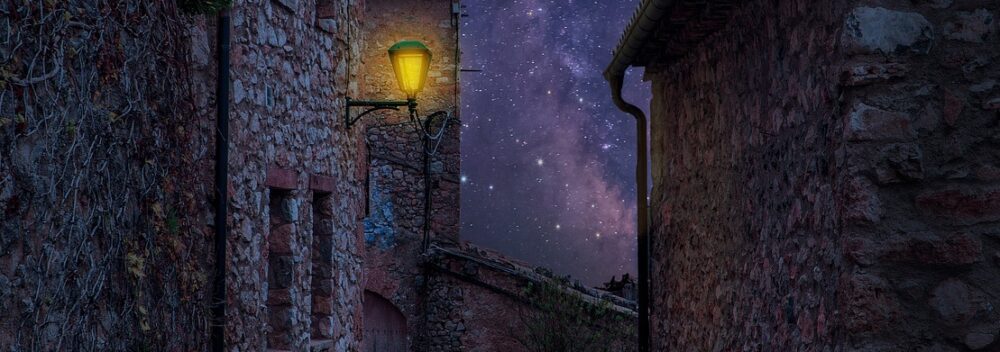
So, what does a big week for an author/editor look like?
Not only did I release a new novel, but the University of Kansas (KU) also received one of its biggest-ever grant awards. The EARTH Engineering Research Center will focus on creating a sustainable and circular refrigerant economy. Together with industry partners, researchers across five universities will use a multipronged approach to achieve that goal.
Led by KU’s Mark Shiflett, EARTH’s new research, coupled with industry buy-in and feedback will:
- Improve heating/cooling energy efficiencies,
- Create new climate-friendly refrigerants,
- Bolster refrigerant recycling efforts,
- Develop avenues for converting existing climate-unfriendly refrigerants into new useful materials,
- Stimulate a much-needed workforce pipeline,
- Facilitate shaping these new-technology ideas into market-ready implementations.
I’d originally intended for Shady Fortunes to be released last year, but work on this ERC project became, for a time, an all-consuming priority.
Landing a grant of this size requires numerous steps, all of which benefit from editorial attention. The process leading up to the award is multitiered and spans several years, involving multiple milestones – Planning Grant (document), Preproposal (document), Full Proposal (document), Site Visit (NSF representatives attend the institution for 1.5 days of PowerPoint presentations on the proposed project), Site-Visit Response (document), Reverse Site Visit (key researchers head to D.C. to present an overview that addresses concerns from the site visit).
In each of these steps, an editor can play a significant role beyond merely ensuring flawless grammar. Such proposals and presentations are highly technical but must still be crafted to ensure both experts and non-experts remain engaged and that all of NSF’s requirements are met.
I’m thrilled for Mark and his team’s success and am honored to have contributed to such an important, impactful project.
 (0)Dislikes
(0)Dislikes (0)
(0)